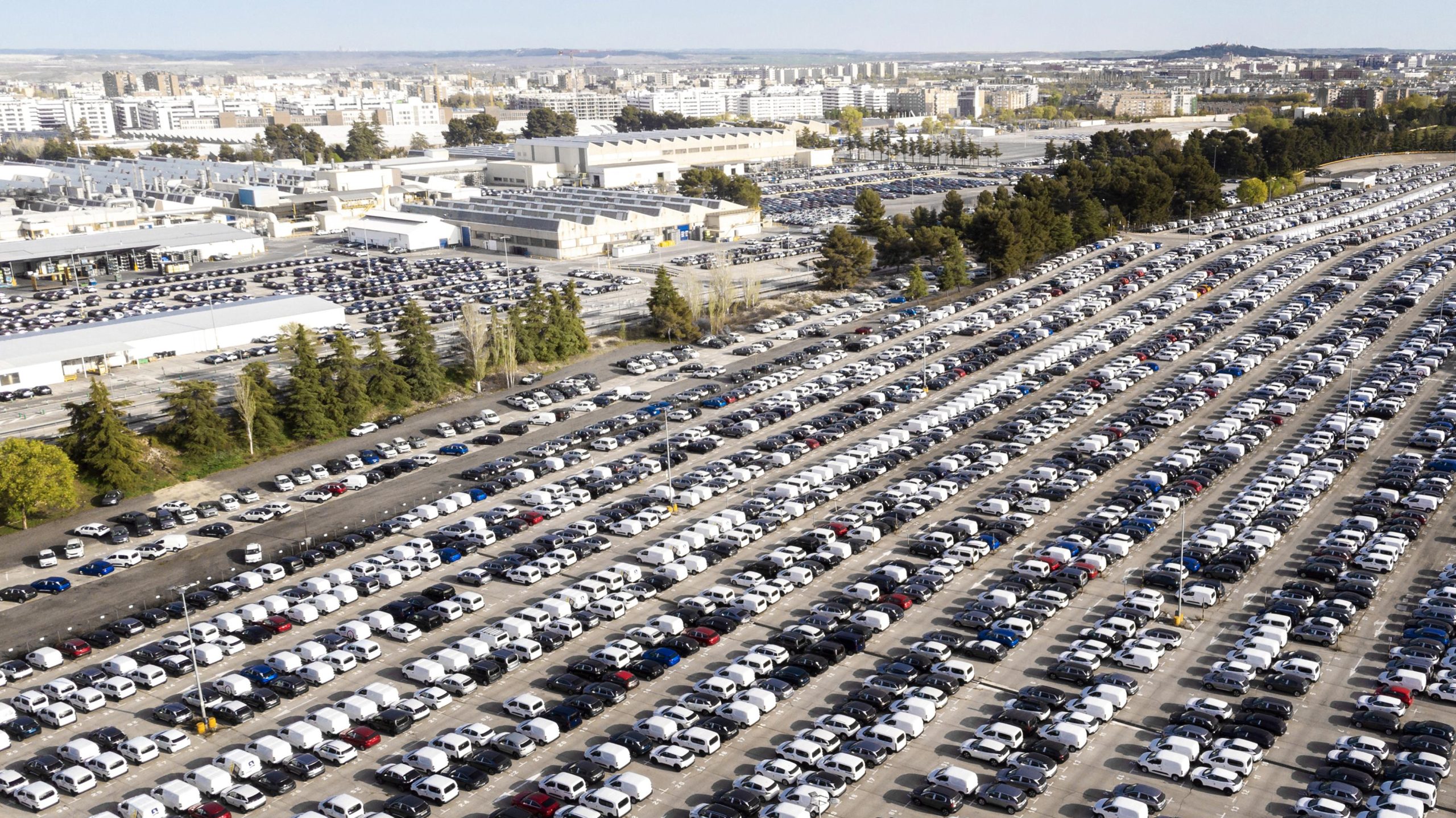MILAN – Climate change is, by all accounts, accelerating. Not only are summers getting hotter; extreme weather is becoming increasingly frequent, exemplified by the tropical downpours that have wrought havoc across Europe and the powerful hurricanes hitting the Caribbean and the United States ever-earlier in the year. And yet the European Union, which has long positioned itself as a leader in the fight against climate change, appears to be letting myopic thinking trump sound economic logic.
The EU has shown that it is willing to act on climate change, even when doing so is politically difficult. But in some areas, it is getting in its own way. Consider the ban on sales of new CO2-emitting cars after 2035. It is a bold step, which would reduce emissions by rapidly expanding the market share of electric vehicles (EVs). But it has also been highly controversial, not least because EVs currently cost much more than conventional internal-combustion vehicles.
That need not be the case: China is producing EVs that could cost Europeans half as much as those currently on offer in the EU. Yet, far from welcoming low-cost EVs from China, the EU, in defiance of common sense, recently imposed high tariffs – ranging from 17% to 38% – on them.
The official rationale is that the green transition “cannot be based on unfair imports at the expense of EU industry.” But if we apply the concept of “revealed preferences” – economists’ way of saying that actions speak louder than words – the decision to impose such high tariffs on Chinese EVs reveals that, for the European Commission, preserving jobs and profits in the automotive industry is more important than fighting climate change.
The EU is hardly alone. In fact, the EU tariffs look modest compared to the 100% tariff that US President Joe Biden recently announced – a levy that will practically exclude Chinese EVs from the US market. Other countries with significant domestic automotive industries – such as Turkey and Brazil – have also imposed substantial tariffs, and Canada is considering one as well.
Given the EU’s large EV surplus, it is hard to see how the import of Chinese EVs threatens Europe’s automotive industry. More important, given the global, existential nature of the climate threat, a race to develop green technologies should be desirable, with all countries supporting green industries, including the EV sector. But the benefits of such support – from faster technological development to lower prices – will largely disappear if every country defends itself against imports of goods developed with the help of green subsidies.
The standard argument for tariff protection is that new industries need time to develop and achieve economies of scale before they are exposed to unbridled global competition. But this “infant industry” argument cannot plausibly be applied to the automotive industry, which has been around for over a century.
Moreover, there is a big difference between a generalized tariff applied to all imports, and a discriminatory one, applied only to imports from a particular country. The problem with the latter is that it results in so-called trade diversion: when imports from the target country are made less competitive, imports from third countries will increase. And, because the target-country imports now cost more, third countries can raise their prices without sacrificing competitiveness.
When European consumers pay higher prices for Chinese EVs, owing to tariffs, the money stays in Europe, effectively going into the EU’s coffers. The same is true when European consumers pay higher prices for European-made EVs, only in this case, it is European producers who reap the benefits, in the form of increased profits. But when European consumers buy more EVs from third countries, their money goes abroad. Anti-subsidy tariffs, which are discriminatory by nature, thus carry a high economic cost.
That cost would not be a major cause for concern if the EU had no – or few – alternative sources of EV imports. But while China is the single most important source of EV imports for the EU, it accounts for slightly less than half of the total. Last year, when EU leaders were fretting about a “surge” in Chinese EV imports, and even launched an investigation into them, China’s share of European EV imports actually fell, compared to 2022, with the EU importing more EVs from other countries – including Japan, South Korea, and the United Kingdom – than from China.
Unfortunately, World Trade Organization rules do not prohibit anti-subsidy tariffs, even if the actor imposing them has its own subsidies in place. Nor do they ensure that green goods are exempt from trade-defense measures, despite the universally shared benefits that, by bolstering the fight against climate change, competitive green markets would bring. The much-heralded 2014 effort to implement such exemptions – in the form of an Environmental Goods Agreement – failed in the negotiation phase.
Conflicts between trading partners over same-industry subsidies are not new. For decades, the EU complained about US subsidies for Boeing, and the US about European subsidies for Airbus. Eventually, both sides agreed essentially to respect the right of the other to subsidize its aircraft sector. With both sides proclaiming their commitment to fighting climate change, the EU and China should pursue a similar agreement on EVs.
About the author:
Daniel Gros is Director of the Institute for European Policy-Making at Bocconi University.



